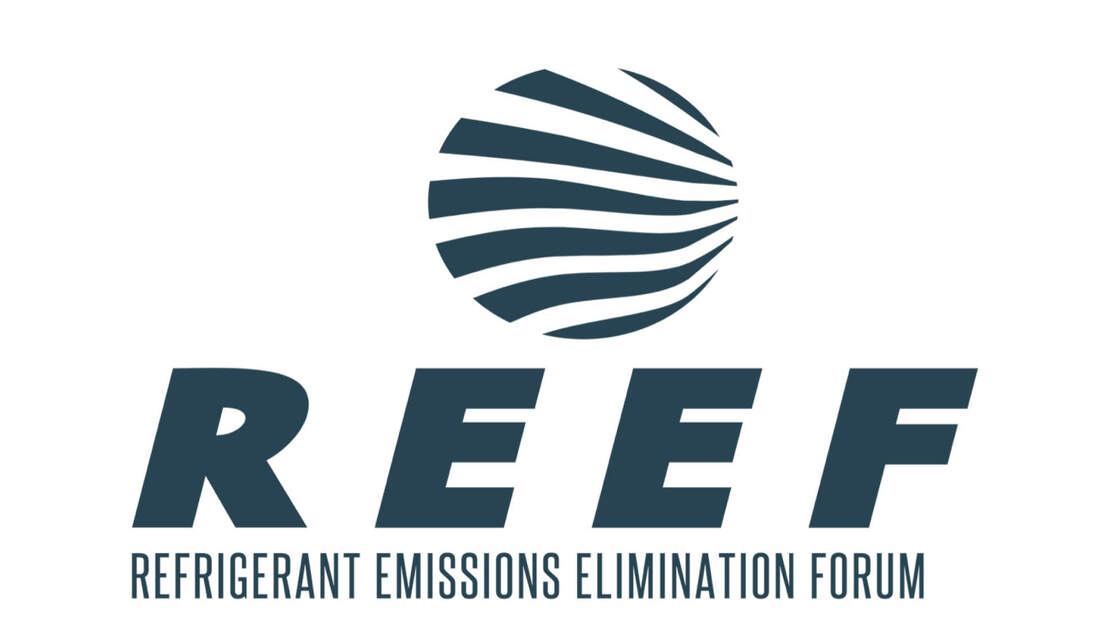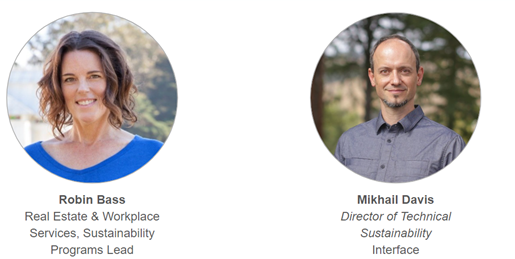SPLC Procurement Climate Collaborative
Moving Forward Together to Reduce Procurement Climate Impact
Imagine if your procurement team could do more than gather data on supply chain Scope 3 emissions. What if you could collaborate with others to send market signals that significantly reduce the climate impact of real products and services?
Refrigerant gasses – used in HVAC and refrigeration - are powerful, growing, and overlooked drivers of climate change. Many refrigerant products in widespread use today can trap thousands of times more heat in the atmosphere than CO2. Collectively, refrigerants are also the world’s fastest growing category of greenhouse gasses. As a result, Project Drawdown estimates that reducing and better managing high global warming potential (high-GWP) refrigerants could avoid .5 C of warming by 2100.
While almost every organization operates buildings that rely on cooling and heat pump technology, very few track the carbon equivalent of refrigerants under management (entrained carbon), or their annual rate of leakage. Studies suggest refrigerant emissions could account for up to 50% of Scope 1 emissions for building operators, making the gasses a huge liability for companies and a significant opportunity to make early progress on corporate climate goals.
Finding ways to purchase and use equipment that utilizes lower GWP refrigerants, ensuring that your suppliers do so as well, and establishing performance requirements around repair and replacement is a critical piece of climate strategy for any organization.
A single large-scale data center can consume the equivalent electricity of 50,000 homes.
The International Energy Agency estimates that in 2021, data centers globally consumed 220-320 TWh of electricity, or around 0.9-1.3% of global final electricity demand. (That figure excludes cryptocurrency mining, which consumed another 100-140 TWh of electricity in 2021.) Though datacenter-related procurement of renewable energy has reduced datacenter consumption of higher GWP fueled-electricity, the IEA estimated in 2020 that datacenter emissions were still equivalent to 0.9% of energy-related GHG emissions (or 0.6% of total GHG emissions). That estimate means that datacenters emit approximately the same amount of greenhouse gases as the airline industry.
No modern organization functions without significant consumption of datacenter services, whether they own their own datacenters, collocate datacenter operations in shared facilities, or purchase datacenter services fully provided by a third party operator.
Addressing energy consumption is only one piece of the larger datacenter sustainability puzzle. On climate alone, equipment production, usage, cooling, longevity, refurbishment and recycling/circularity have enormous impact. Concrete and steel used in datacenter construction have significnat climate impact. And despite significant aggregation around a small number of very large scale providers, there are still untold numbers of non-centralized, non-optimized datacenter operations. Finding shared solutions to reduce the growing impact of this sector is critical to reducing business impacts now and for decades to come.
Numerous very large purchasers (like Walmart and Apple) and sectoral collaboratives like the pharmaceutical industry’s “Energize” program have developed programs to support their suppliers’ adoption of renewable energy solutions. These programs provide a useful model for direct supply chain collaboration, but it is still challenging to move beyond a single purchaser or limited size initiative with this work.
Many organizations do not have capital to allocate to suppliers – and it is particularly challenging to justify doing so with suppliers from whom they simply purchase finished goods. Many suppliers struggle to understand how to validate actual GHG reductions from their purchase of renewable power. And even where that is addressable, they are challenged to find a credible and acceptable method for allocating renewable power purchases across their customer base.
We'll leverage protocols and guidance developed by experts in energy efficiency, renewable energy, power purchase agreements, and GHG accounting, to enable shared value-creation by purchasers and suppliers that can be applied across multi-sectoral, multi-customer systems. We’ll also identify protocols suppliers can use to preferentially select for renewable energy installations that produce clean energy for supplier use but also provide regenerative agriculture, community electrification, or other positive benefits.
This group will work at both the system level - supporting development of consistent, aligned data collection strategies and improved GHG measurement methods to enable systematic prioritization of emissions reduction projects, and at the Initiative level - helping the Refrigerants, Datacenter, and Supplier Renewables initiatives develop measurement strategies to document the benefits of their specific emissions reduction strategies, and supporting procurement teams to develop deeper measurement understanding and efficacy.
Thanks to our technical partners:
|
|
 |
 |
 |
PCC Framework and Roles: The PCC will be member-driven, with support from SPLC staff who bring a decade of experience in developing sustainable procurement guidelines and providing strategic coaching. Collaborative participants contribute their extensive knowledge in procurement and sustainability leadership to focus on crafting simplified, robust, and harmonized solutions to bring to the market. Collaborative members will work in a flexible, cooperative structure to develop, test, and refine the outputs of our work - which may include specifications, pledge programs, guidance documents, and other resources.
PCC Outputs: All PCC work products will empower member organizations and the larger purchasing community to implement procurement-driven emissions reductions that can be credibly measured and meaningfully communicated. Following the group's development, testing, and fine-tuning of proven best practices, the PCC intends to release guidance for action in our areas of work to the global procurement community.
Thanks to our PCC Co-Chairs

Thanks to the organizations that have provided seed funding for this project.
If your organization is interested in supporting or participating in this important initiative, please reach out to info@sustainablepurchasing.org

